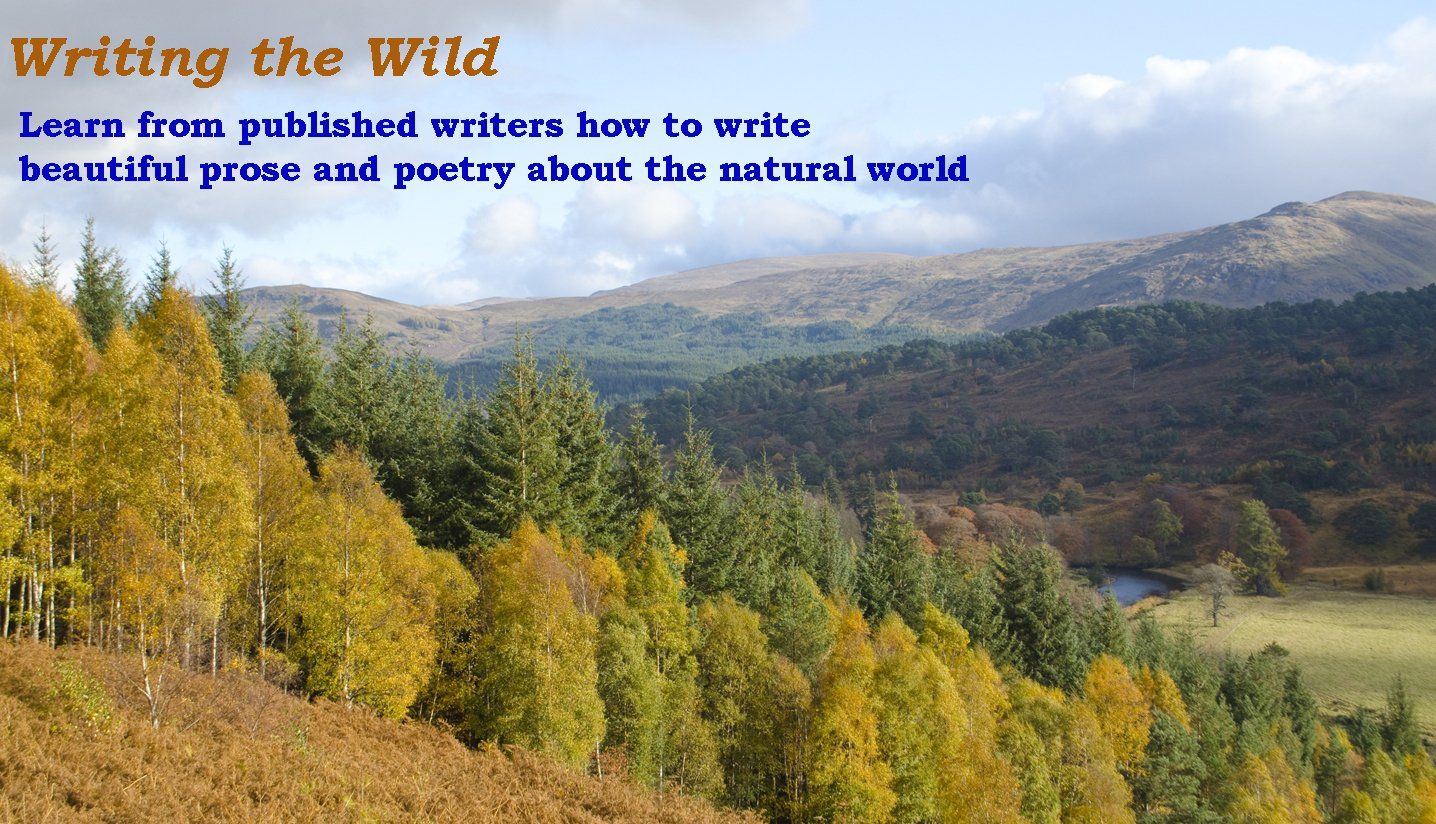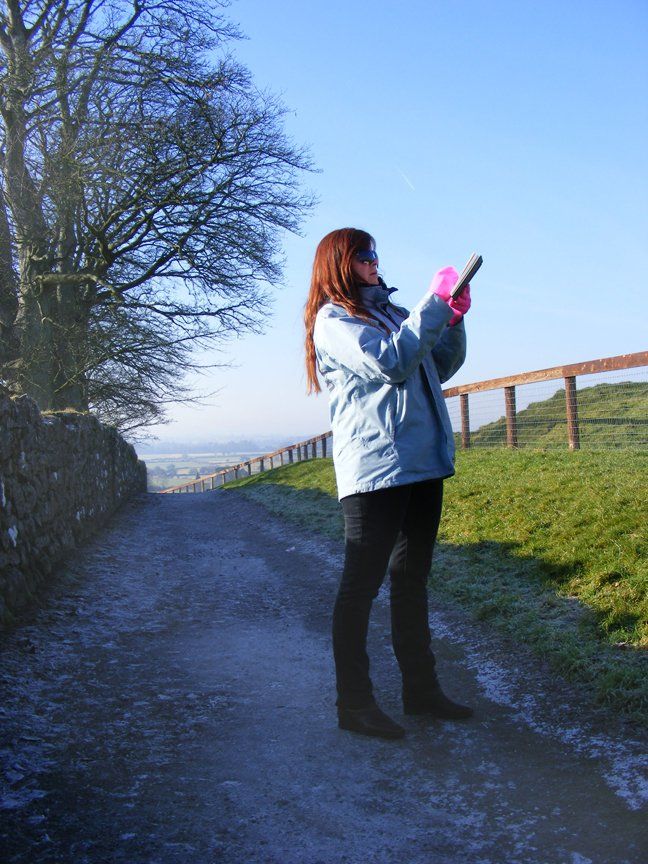Welcome to
Writing the Wild, a video course designed to help you write creatively about the natural world.
So what is nature writing?
Some people think nature writing is just describing a nice view or an animal. Perhaps they think it’s a bit limp; writing about fluffy fox cubs or how the writer’s life was transformed simply by seeing a flock of birds. And it’s all been done before a million times.
Well, it doesn’t have to be like that. Perhaps Victorian writers had a romantic view of nature – indeed, the first ‘nature’ writers were labelled the Romantics. But these days we ask more of writers who use the natural environment for inspiration – particularly in this age of environmental awareness and the threats of climate change, habitat loss and species extinctions.
There is so much information available now that people are not content with reading about an animal or landscape unless there is a
new perspective. After all, why bother to read when you can just watch a wildlife documentary on TV or see a photo on social media?
And just what is different about 'nature writing' from anything in a wildlife magazine or TV show?
Well, contemporary nature writing generally includes the presence of the writer. This doesn’t mean 'navel-gazing' or making the writer the subject of the writing. After all, it can get a bit tedious hearing more about the writer’s personal angst than the environment they’re supposed to be writing about.
But we do expect to have a personal perspective; we want
emotion, heart; soaring inspirational thoughts.
Nature writing is not just facts about wildlife or descriptions of the environment – it has to be creative, to be written in poetic language, to touch the emotions of the reader and inspire and thrill them, much like a good novel.
What you'll learn
In this course you’ll learn from professional writers, both classic and contemporary, from around the world. You’ll hear writers read their own work; you’ll read poetry and essays in a range of different styles.
You’ll see, hear and read examples of work inspired by different environments and wildlife.
And you’ll deconstruct their techniques and try them out yourself. You’ll also learn how to overcome writer’s block, and apply all the tools in the Writer’s Toolkit to all your creative writing, not just nature writing.
So, if you love the natural world, and want to express yourself more creatively,
this course is for you!
It's for everyone!
This course is an introduction to nature writing. You can enjoy it whether you are a complete novice or someone who already likes to write, but perhaps in a different genre (novels, for example).
As well as instruction in a wide range of tried and tested writing techniques, you will read examples by great writers and help to break down how they have achieved their style so you can do the same. Some of the greatest writers have written well about nature and the environment – even only as part of novels or poetry about other things.
You will learn from their example, but mostly by doing it yourself. Each module contains exercises to help you get out there and write. It doesn’t matter if you feel your writing is not “good enough”: no one will see it but you until you are ready to share it. You call the shots!
So you need not worry if you feel you can’t write “creatively”. This course is designed to help you overcome that fear. In this course you will learn how to use simple language to express your emotions with your natural voice, so you won't sound pretentious or contrived.
Learn wherever you are!
You can learn in the comfort of your own home, or surroundings you choose, rather than a stuffy classroom where other students may criticize and intimidate you.
Best of all, you can learn by yourself, on your own terms, and don’t have to read your work-in-progress out to the class and risk having it ripped to pieces and ridiculed to make a point (which can destroy your writing confidence for years!).
You can also learn at your own pace. There is no deadline; no start or end dates. Just take it as you wish.
And even if nature writing is not your primary writing genre, the techniques in this course will help you in whatever writing you do.
What you will get
The course is broken down in to
6 modules, each composed of videos, downloadable pdfs and exercises. Added all together, that's
37 hours of instruction (including your reading and writing time)!
You won't find many other creative writing courses with that value.
You also get 67 downloadable pdfs, ranging from examples illustrating a particular point, to cheat sheets summarizing what you need to remember.
Plus a Further Reading pdf to give you some ideas of authors to inspire your own writing.
In summary:
126 videos
67 downloadable pdfs
26 exercises (ranging from 10 minutes to 2 hours)
6 mp3s
... and a whole lot of confidence in your own writing ability, too!
For a more detailed overview of what to expect, drop me an email at info@lynn-parr.com. No obligation.

